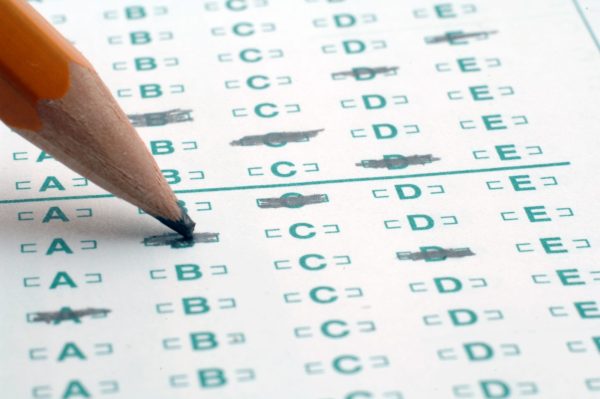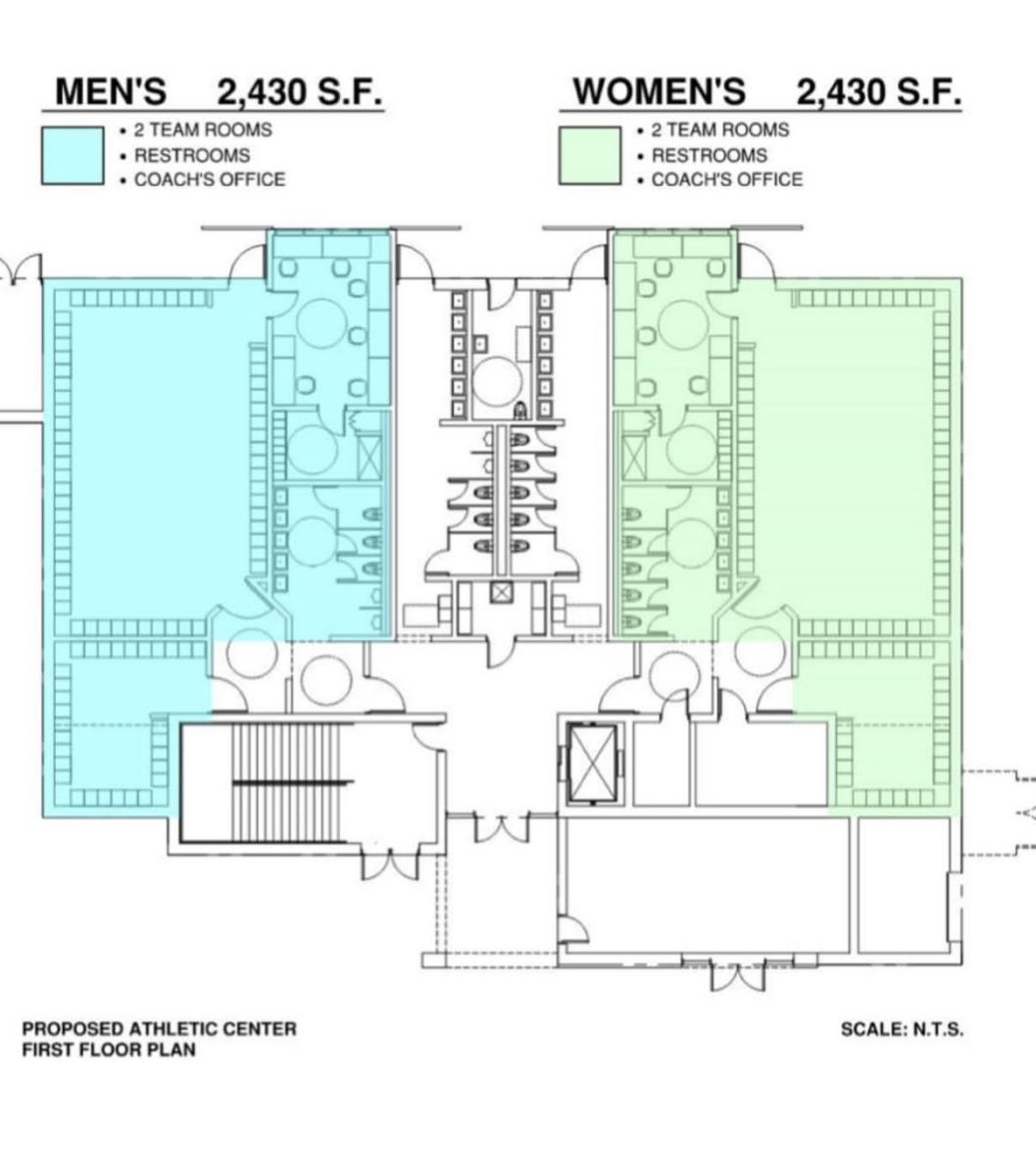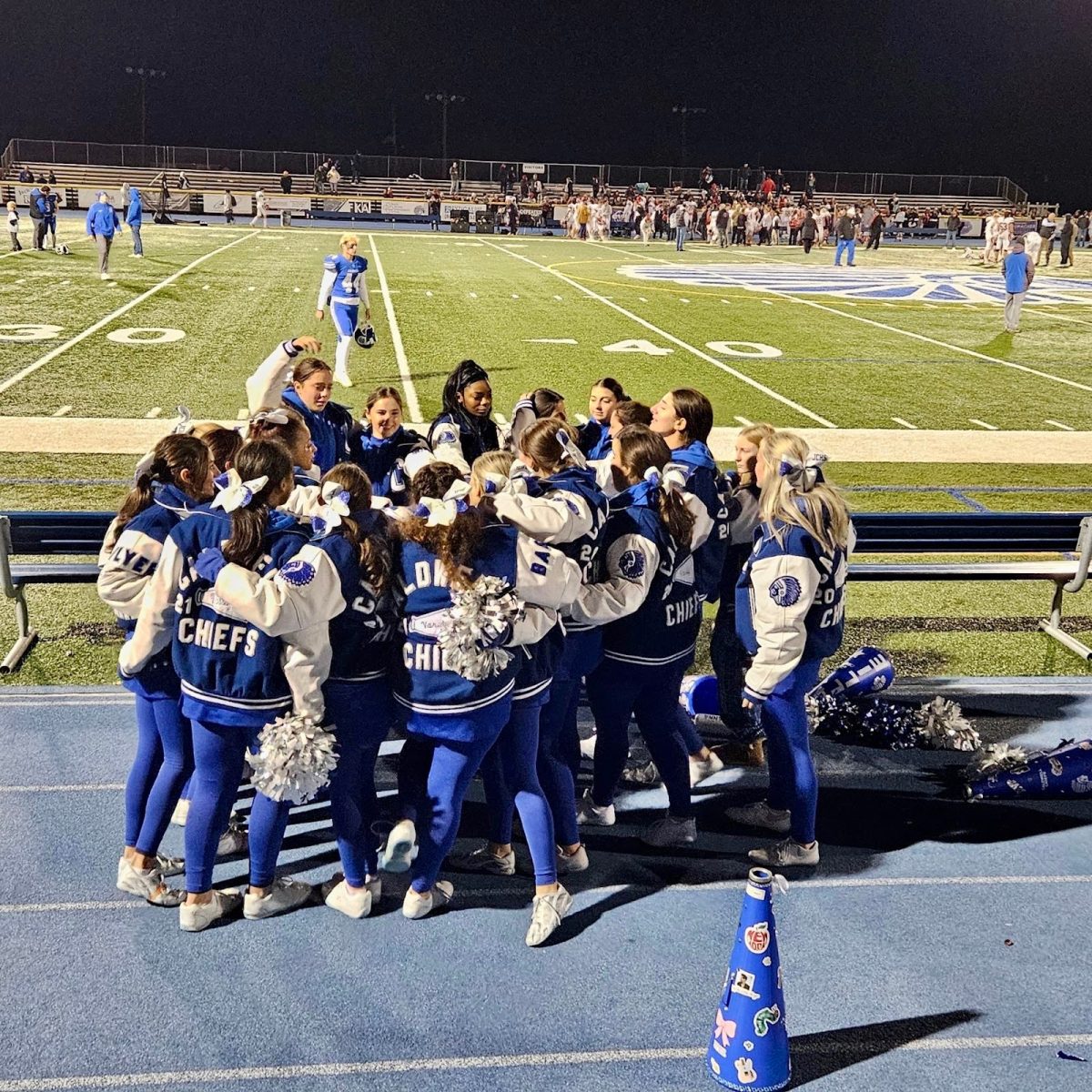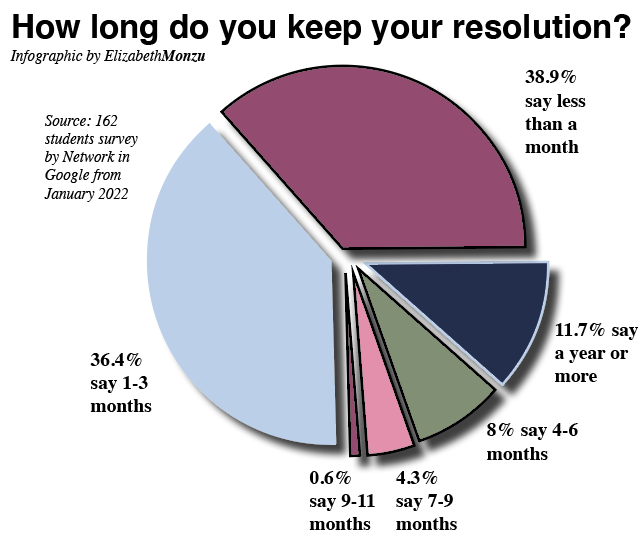
The midway point of the school year is fast approaching, and that means one thing in particular for many students: Midterm Examinations! Every year, high school students must take a test in each of their core classes on the information they have learned over the first half of the year. These tests count for 10% of the student’s grade for the year. According to one source, they were designed to give students a better idea of what topics in a class they struggle with and need to improve upon and tell the teacher what concepts have been received well (K-Scope News). While this seems like a good idea in theory, midterms in practice have more negative impact on students than positive. Many students express stress and frustration with having to take midterms. The tests are viewed as outdated and unnecessary. However, the question remains if midterms are worth the trouble and stress that is inflicted on students.
Due to the amount of information that is being reviewed for one test, many students feel immense pressure and stress. However, English teacher Mr. Phelan likes that this model creates a high-pressure scenario. In an interview, he stated “I like the high stakes nature of the tests… they create stress, but stress to a certain degree is necessary for growth. When a person exercises, they stress their muscles to make them grow. In school, we stress our minds to make them capable of higher levels of understanding and skill.” He admitted that they are problematic at times when students are inundated with other testing: “Certainly, I can see how Midterms can feel like overkill for students with so many additional standardized tests and practice tests.”
This is a thought that is shared by many at JCHS. The constant testing can be taxing, and it makes students feel numb to it. This leads to students putting less effort into standardized tests, which skews the data gathered from them. Mr. Phelan’s final point was that “I don’t see an urgent need to change … there is room for improvement, but I like the ritual of a semester being over and starting fresh.”
Other students disagree with Mr. Phelan’s opinion. 10th grader Izaya Ouckama stated, “Midterms cause a lot of stress for me and for many people I know. It is really hard to study for so much material and so many different subjects.” This notion is shared by other students who spend hours on end studying for one test, only to be faced with 5 other tests in different subjects. The graded element is the biggest problem that students see with midterms. Izaya said, “It’s really stressful to have so much of your grade rely on one test. It overwhelms me, and causes me to stress more and do poorly on the exam.” The largest problems that students have with midterms are the stress they create and the influence the test has on their grades. Due to how teachers stress the importance of doing well in the midterms, students are driven to study more. While this is a positive, students can often get overwhelmed by the amount of studying there is to be done due to how they will face around 6 major tests in 4 days.
Midterms seem to be a topic up for debate, with some positives and many drawbacks. Faculty and administration like midterms as a way to see which students are keeping up with their subjects and understanding the information being taught. However, students see midterms and 5-6 stressful tests that can make or break their final grade. The next question is what solutions can be made. Should Caldwell eliminate midterms and finals like some other districts have? Should they count for less of the student’s grade? Or is there another way to reduce the stress generated by midterms? That’s the question the administration faces.



























